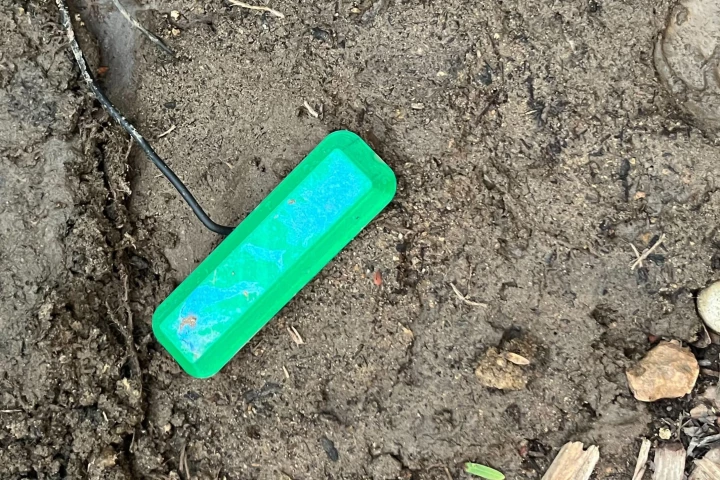Internet of Things
-
Inspired by children's science projects that used a lemon and copper wire to power a lightbulb, researchers explored how citric acid could enhance a gelatin-based electrolyte and create a biodegradable battery that can also stretch.
-
Sharp sells all kinds of electronics, from TVs to air conditioners. It seems to be increasingly serious about entering the EV market with the second iteration of its 'LDK+' concept, which takes an unusual approach of being 'part of your home.'
-
A Northwestern University team has demonstrated a remarkable new way to generate electricity, with a paperback-sized device that nestles in soil and harvests power created as microbes break down dirt – for as long as there's carbon in the soil.
-
Last year, the Raspberry Pi Foundation launched the first product based on silicon that was developed in-house. Now the Pico microcontroller has been upgraded with built-in Wi-Fi for running new Internet-of-Things projects.
-
We've seen a number of fanless mini computers from Israel's Compulab over the years, aimed at the Internet of Things, AI edge computing or industrial automation applications, and now the company has updated its modular fitlet model with Intel's latest Atom processor.
-
Scientists have developed a new type of supercapacitor with the kind of flexibility and durability needed to feature in footwear and clothing, along with other devices making up the Internet of Things.
-
For decades sci-fi has been promising us helpful home robots, but progress and uptake have been slow. Amazon may have heeded the call with Astro, its new Alexa-on-wheels – and whether this future is more The Jetsons or Black Mirror is up to you.
-
Researchers have demonstrated a new approach to harnessing the power of ambient radio waves, developing a novel chip that can convert Wi-Fi signals into power for a small LED, and possibly other small electronics and sensors.
-
While there are now many appliances that can be controlled via the internet, each one of those has to incorporate Internet of Things (IoT) electronics. Engineers have now created a system that moves those electronics to the home's wall outlets.
-
Some people, and I count myself among them, are so scatterbrained and disorganized that they should never be put in charge of another living being. If that's you, then welcome to the future! Come get your six-hundred-dollar automated pot plant.
-
Researchers at Cornell University have been working on a one-size-fits-all solution for smart home energy tracking, developing a vibration-sensing device that can keep tabs on appliance usage through machine learning and lasers.
-
Scientists at Purdue University are putting forward another interesting proposition in the realm of home automation, developing a cheap sensor that can detect when a person enters a room via carbon dioxide levels in the air.
Load More











